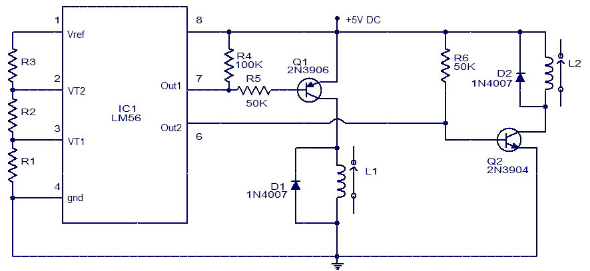Low Voltage Smart Thermostat Power Design Made Easy

🔌 The Problem: Powering Low Voltage Smart Thermostats
Smart thermostats often use microcontrollers like NodeMCU or ESP8266, which need 3.3V or 5V. However, home HVAC systems typically supply 24V AC. Connecting directly will damage your components due to over-voltage and heat. Without proper regulation, your design may become unstable or fail entirely.
🛠️ The Solution: Safe Voltage Regulation
The key is to step down 24V AC to a usable DC voltage. This requires:
A bridge rectifier to convert AC to DC.
A buck converter or a 7805 voltage regulator to reduce the voltage to 5V or 3.3V.
Capacitors to smooth the output.
Protection diodes to guard against spikes.
This creates a stable, reliable power source for your smart thermostat.
🧰 Practical Example: Real-World Thermostat DIY
You’re building a smart thermostat with a NodeMCU that requires 3.3V. If you connect it directly to 24V AC, it’ll burn out.
Fix:
Use a bridge rectifier to convert 24V AC to DC.
Pass this through a buck converter to get 5V (or 3.3V).
Add a 100μF capacitor at the output to smooth the signal.
Now your thermostat is safely powered and Wi-Fi ready!
🔢 Sample Calculation: Power Needs
Let’s say your NodeMCU draws 250mA at 3.3V:
Power = 0.25A × 3.3V = 0.825W
To stay safe, pick a converter rated for at least 1.25W or higher.
Always oversize your power supply by 50–100% for safety and longevity.
🛒 Product Suggestion: Made in India Components
Make your project safer and support local innovation with these essentials:
🧑🔧 Shop now at SmartXProKits.in – your one-stop store for prototyping!
Support our work and India’s innovation—buy from our Make in India site!




















